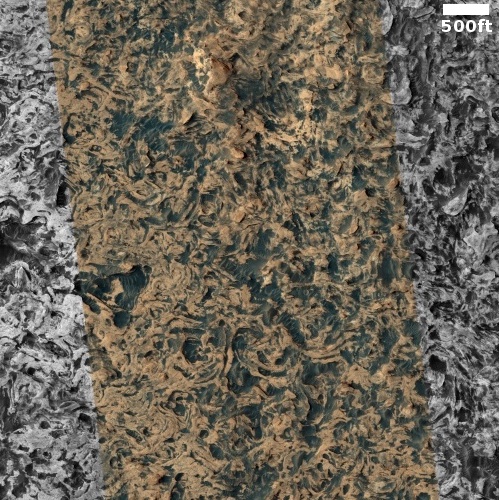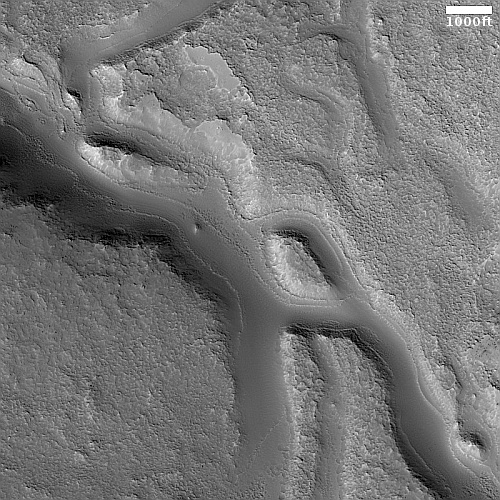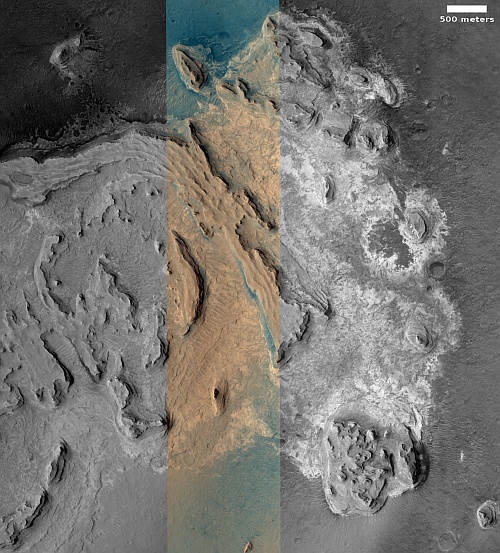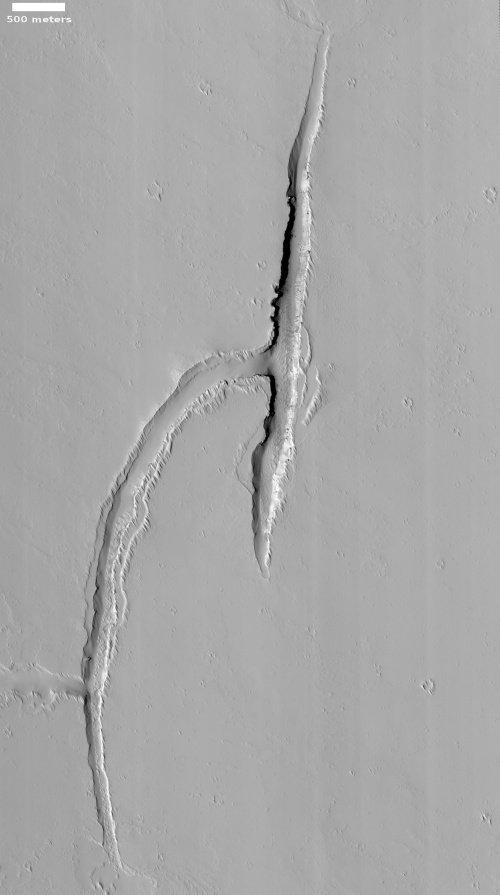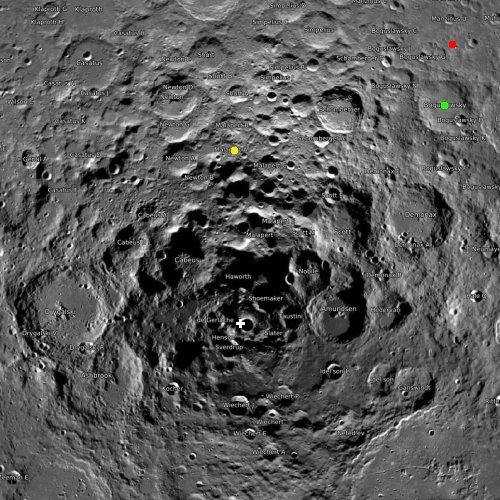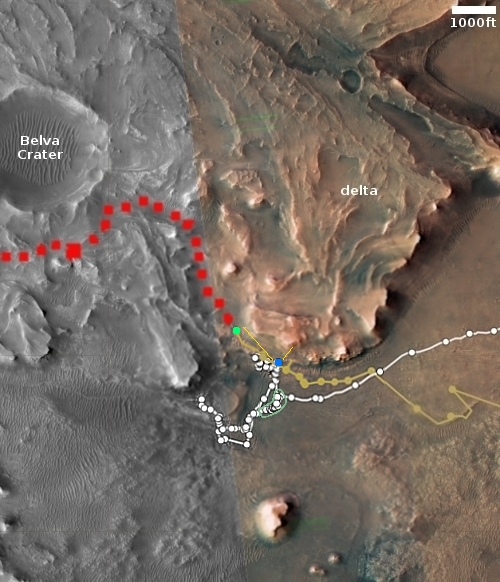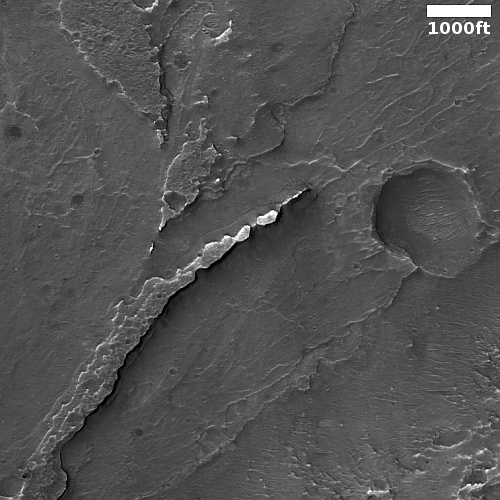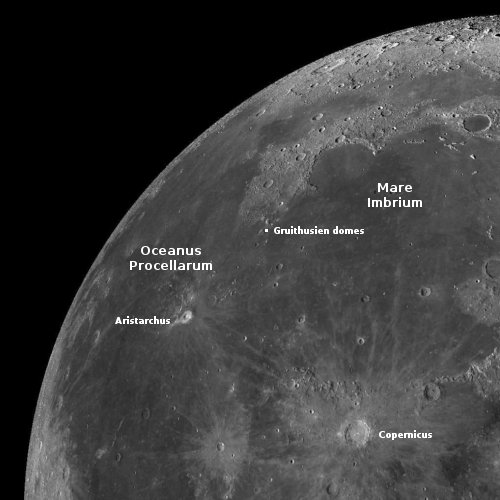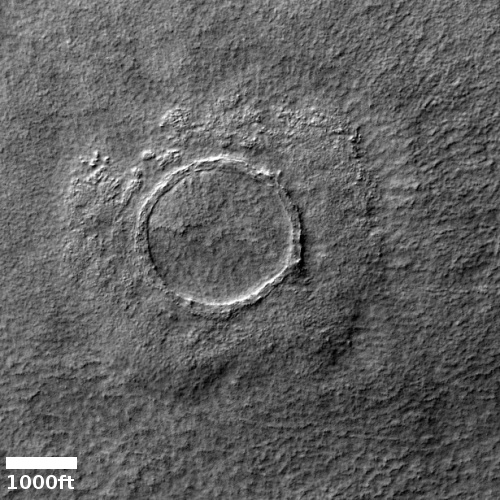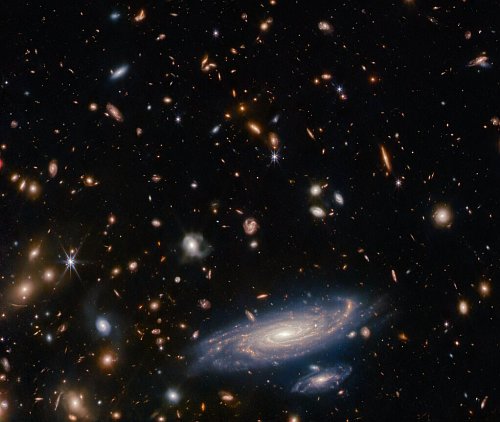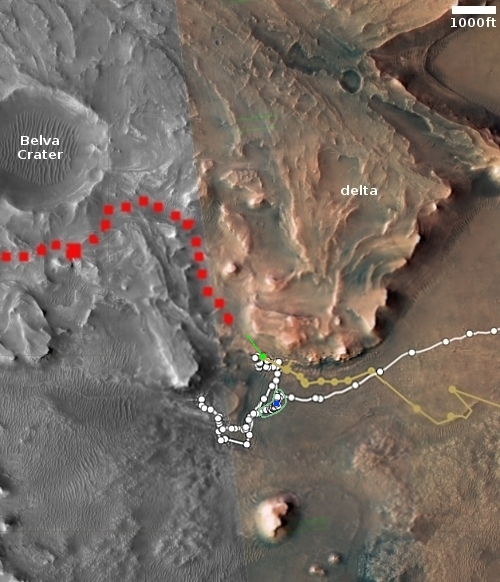NASA outlines its expected needs as a space station customer
NASA has now published an updated detailed specification of what it will want to do on the four private space stations being built to replace ISS.
NASA published two white papers Feb. 13 as part of a request for information (RFI) for its Commercial Low Earth Orbit Destinations effort to support development of commercial stations. The documents provide new details about how NASA expects to work with companies operating those stations and the agency’s needs to conduct research there.
One white paper lists NASA’s anticipated resource needs for those stations, including crew time, power and volume, broken out for each of the major agency programs anticipated to use commercial stations. Companies had been seeking more details about NASA requirements to assist in the planning of their stations.
,,,The second white paper outlines the concept of operations NASA envisions for its use of commercial space stations. The 40-page document described in detail what it expects from such stations in terms of capabilities, resources and operations, as well as what oversight the agency anticipates having.
At the moment NASA has contracts with four different space station companies or partnerships, Axiom, Blue Origin, Nanoracks and Northrop Grumman, each of which is building its own station. Because NASA will initially be the biggest customer for these stations its requirements will help shape those stations significantly, which is why this information is of critical importance for the private companies.
At the same time, NASA is not dictating specific designs. The agency remains the customer, buying time on private facilities that will be owned privately and be free to sell their product to others. Thus, the designs of these stations might not match exactly what NASA desires, since even now there are other customers interested in buying space station time and space.
NASA has now published an updated detailed specification of what it will want to do on the four private space stations being built to replace ISS.
NASA published two white papers Feb. 13 as part of a request for information (RFI) for its Commercial Low Earth Orbit Destinations effort to support development of commercial stations. The documents provide new details about how NASA expects to work with companies operating those stations and the agency’s needs to conduct research there.
One white paper lists NASA’s anticipated resource needs for those stations, including crew time, power and volume, broken out for each of the major agency programs anticipated to use commercial stations. Companies had been seeking more details about NASA requirements to assist in the planning of their stations.
,,,The second white paper outlines the concept of operations NASA envisions for its use of commercial space stations. The 40-page document described in detail what it expects from such stations in terms of capabilities, resources and operations, as well as what oversight the agency anticipates having.
At the moment NASA has contracts with four different space station companies or partnerships, Axiom, Blue Origin, Nanoracks and Northrop Grumman, each of which is building its own station. Because NASA will initially be the biggest customer for these stations its requirements will help shape those stations significantly, which is why this information is of critical importance for the private companies.
At the same time, NASA is not dictating specific designs. The agency remains the customer, buying time on private facilities that will be owned privately and be free to sell their product to others. Thus, the designs of these stations might not match exactly what NASA desires, since even now there are other customers interested in buying space station time and space.

